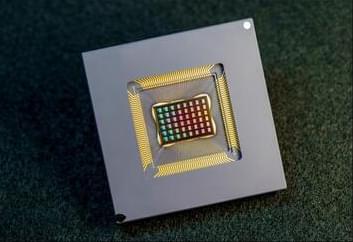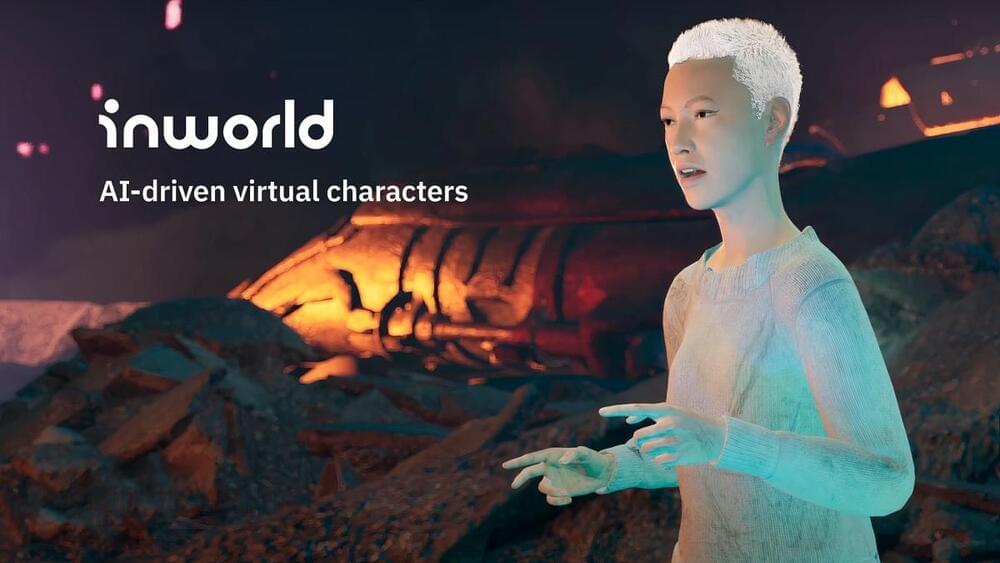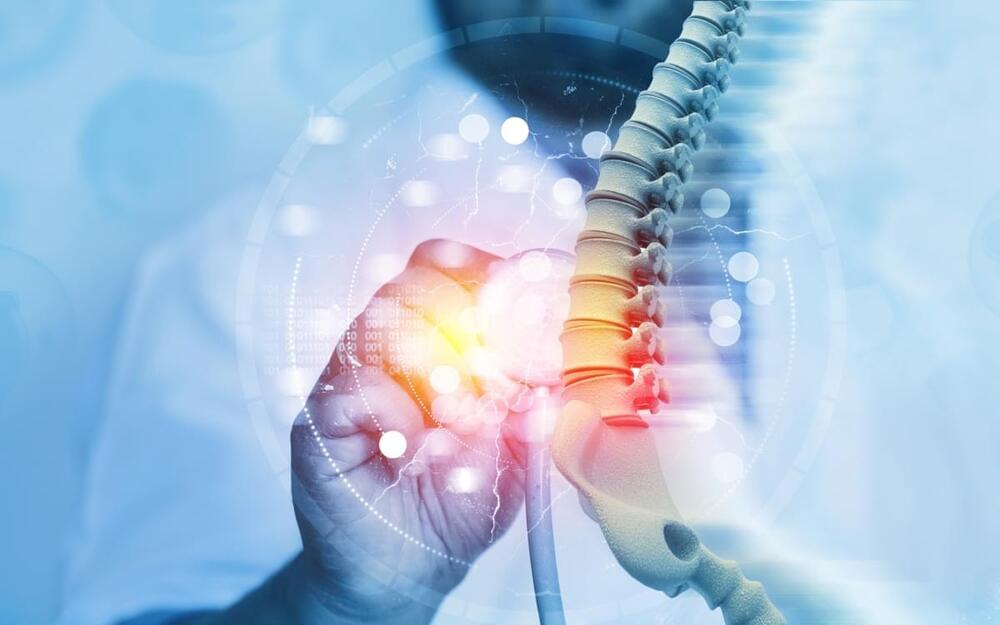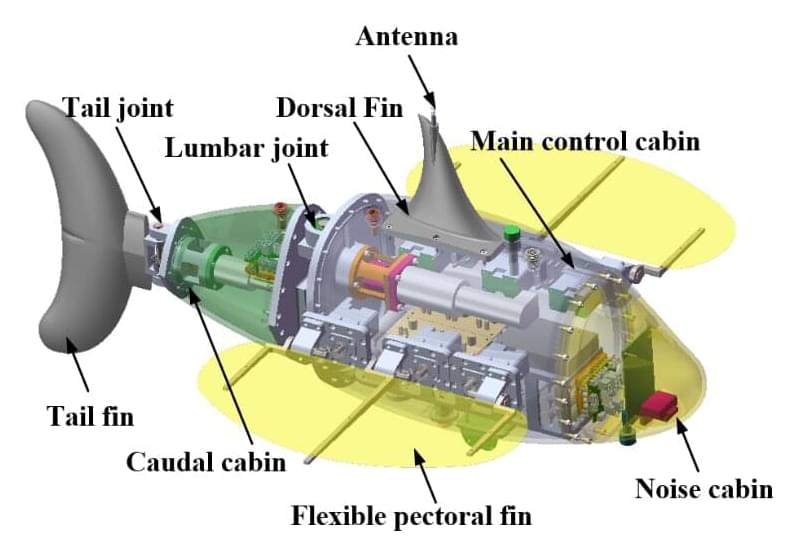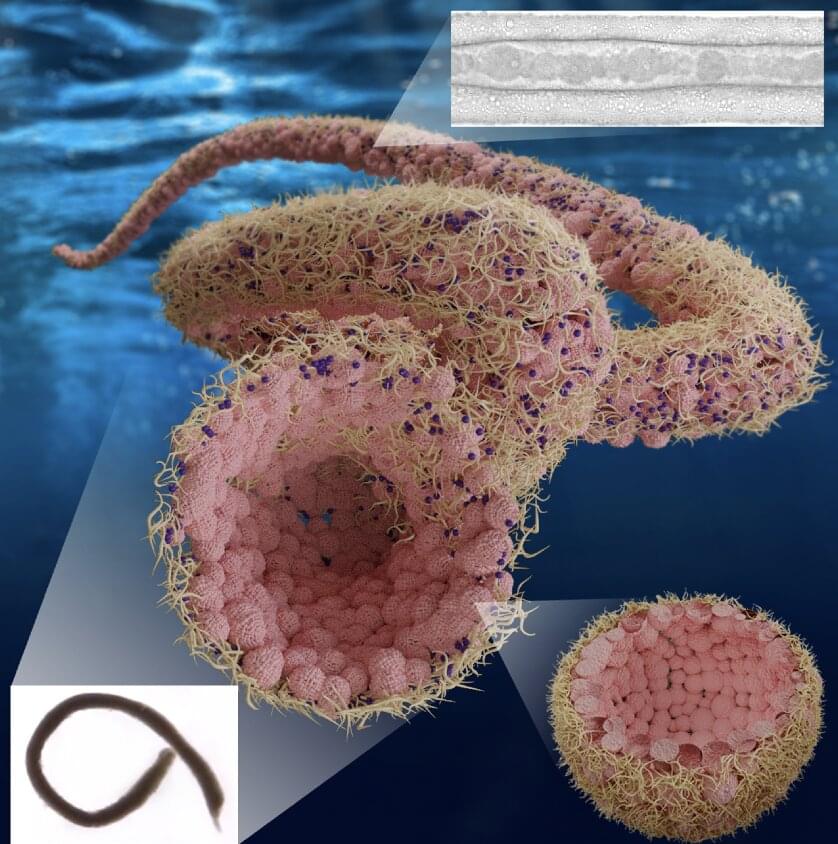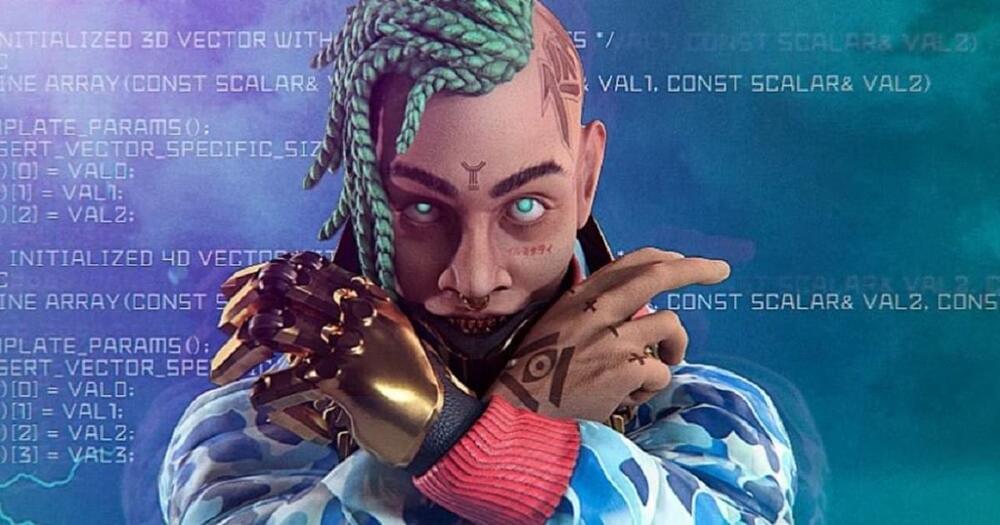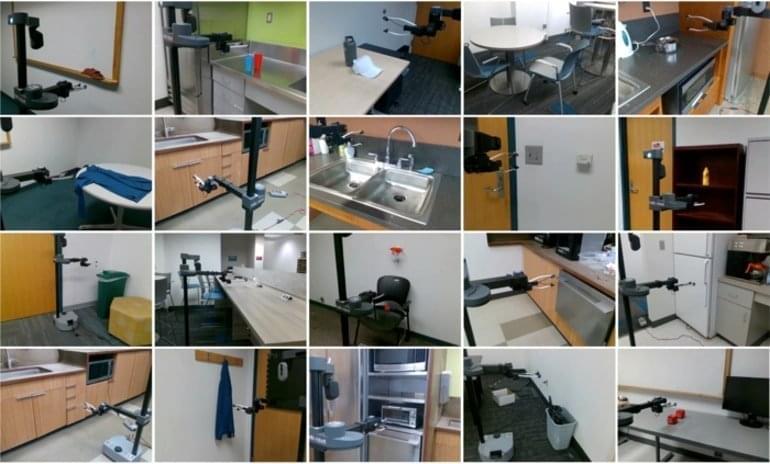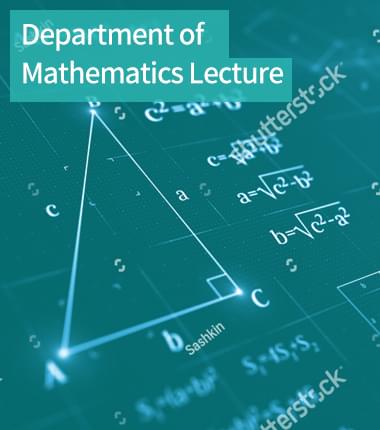A team of researchers in the US and China has designed and built a neuromorphic AI chip using resistive RAM, also known as memristors.
The 48 core NeuRRAM chip developed at the University of California San Diego is twice as energy efficient as other compute-in-memory chips and provides results that are just as accurate as conventional digital chips.
Computation with RRAM chips is not necessarily new, and many startups and research groups are working on the technology. However it generally leads to a decrease in the accuracy of the computations performed on the chip and a lack of flexibility in the chip’s architecture.
